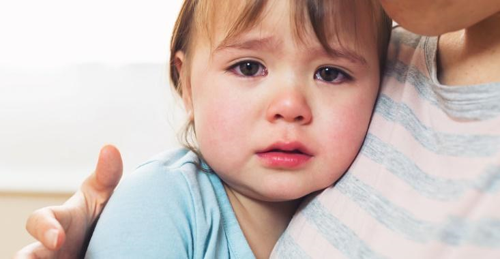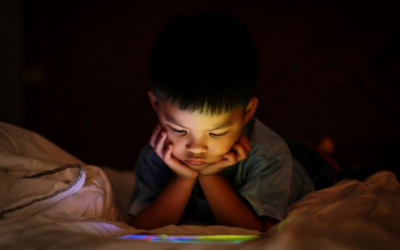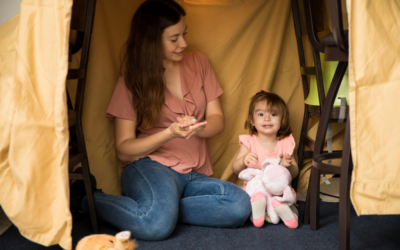Show care and consistency to help your child handle separation anxiety
Separation anxiety is a normal part of childhood, and worrying about it is normal, but that doesn’t make it any easier to deal with for either party. Seeing your child upset and feeling helpless about it can be one of the most difficult parts of being a parent.
Crying, clinging, or tantrums during goodbyes are all normal reactions in early childhood, and a normal part of social and emotional growth. Understand what your child is experiencing and prepare yourself with some strategies to help you both handle being apart.
Drop-off drama
Babies under 6 months old adapt to a new caregiver quickly. It’s often the parents who experience anxiety during early infancy. Young infants are concerned about having their needs met and can settle in with anyone willing to do so.
Babies develop a sense of “object permanence” between 4 to 7months of age, which means they realize people and things continue to exist even when they’re not in sight. This is usually when a baby begins to cry when you’re not around. He or she knows that you still exist and that you’ve gone away, and since they don’t understand how time works, they don’t know that you’ll return.
Between 8 months and 1 year of age, babies become uncertain about being away from a parent. They begin to show signs of separation anxiety by becoming upset as a parent leaves.
The timing and intensity of separation anxiety is different for each child, but this is a common issue that your child will outgrow. If an older child shows signs of separation anxiety, which is different from unease about being apart, it may be a sign of a general anxiety disorder. Speak to your pediatrician if you have concerns.
Above all else, be patient and remember that separation anxiety is a sign that your child has developed a healthy bond with you. In the meantime, try the following to ease the stress of tearful goodbyes.
Perfect timing
If you’re able to plan ahead, try to get your child used to their new caregiver before they’re 6 months old and separation anxiety sets in. Otherwise, try to keep the peace by organizing your schedule so that you don’t drop your child off when they are hungry or tired.
A slow start
Practice being apart for short periods before you start with a new child care situation. See if you can arrange for a few short days at child care or a few hours with a new caregiver at first. If the new caregiver is a family friend, invite them to your home while you are there. This gives your baby and friend time to get to know one another without added stress.
Create a routine
Introducing a predictable routine can help make your child feel comfortable. Develop a calm exit ritual where you say goodbye positively and firmly. Let them know that you’ll be back. Then make sure that you keep that promise so they’ll know they can trust what you say.
Don’t hesitate, get emotional, or return once you’ve said goodbye – it’s hard, but for the best. You’re building a basis for future goodbyes, so stay strong.
Being separated from your loved ones is difficult at any age, but even more so when you don’t understand that the situation is only temporary. Reassure your child by leaving them with someone you can both trust and show that you have confidence in them by keeping your goodbyes happy and positive. As with most parenting challenges, separation anxiety will get easier with age and experience.
The Virginia Infant & Toddler Specialist Network helps improve the quality of care for infants and toddlers through extensive resources, services, and education for caregivers. Learn more about how we can help you improve the standard of care.




